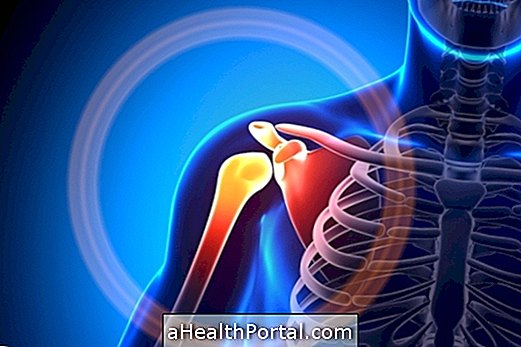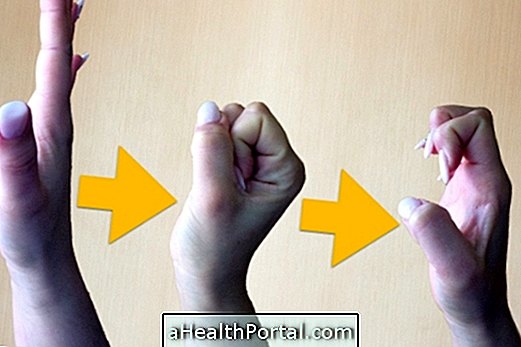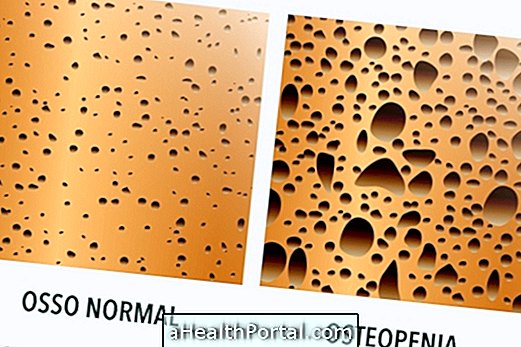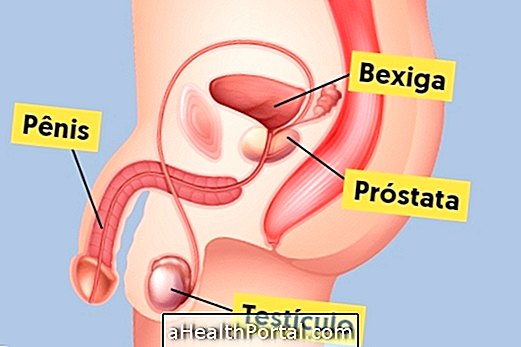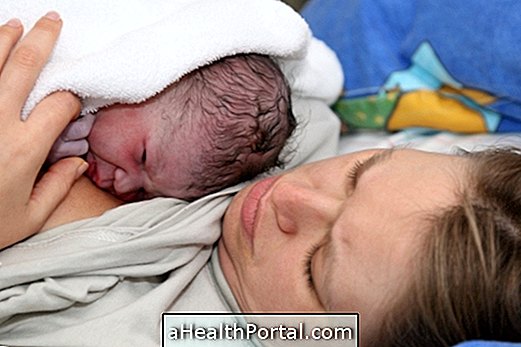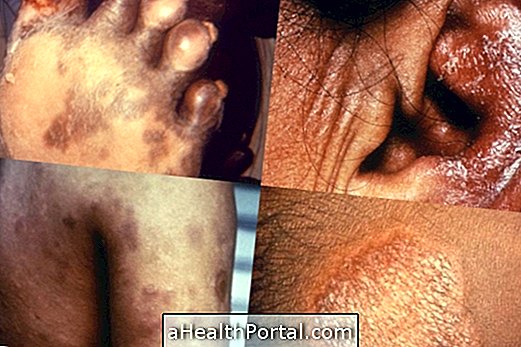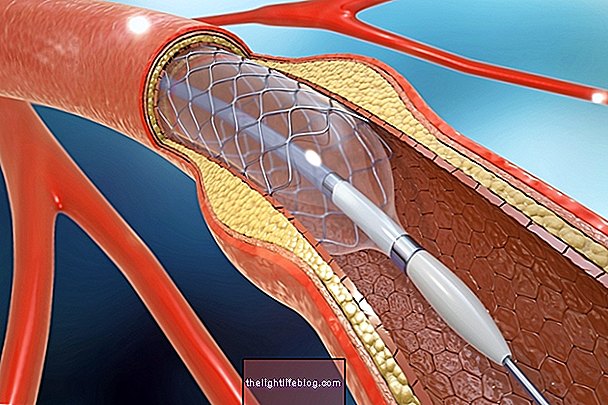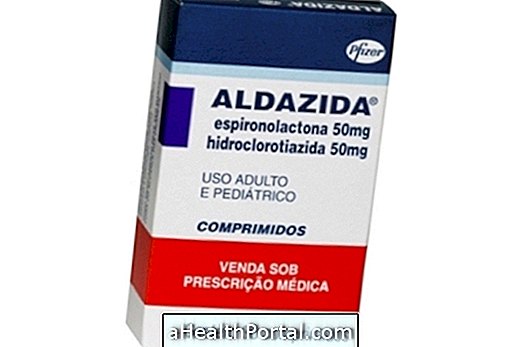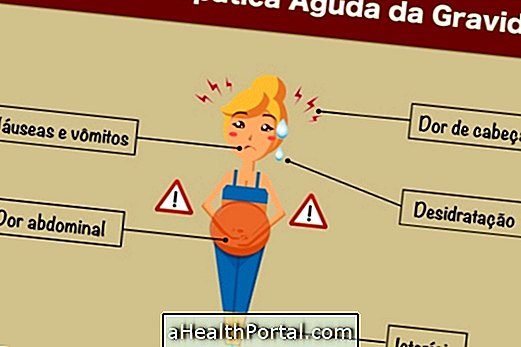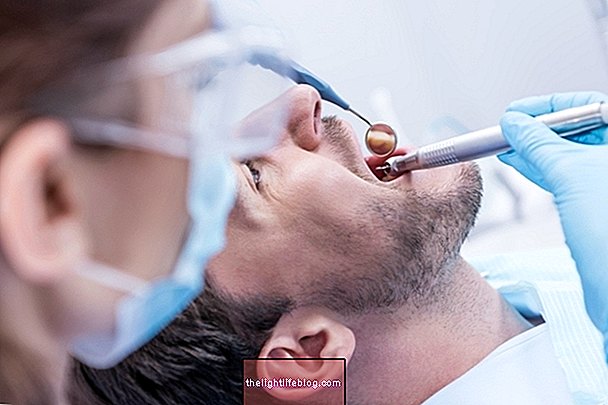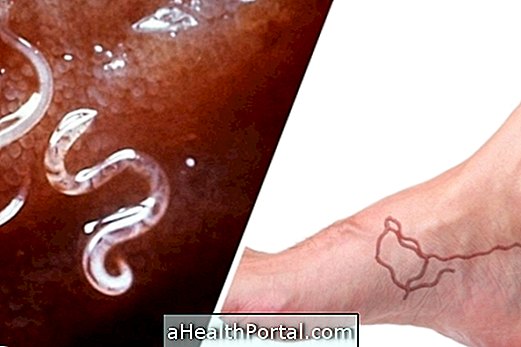Osteomalacia is an adult bone disease, characterized by fragile and brittle bones, due to defects in bone matrix mineralization, which is usually caused by a deficiency of vitamin D. Since this vitamin is important for the absorption of calcium by the bone, when it is lacking, results in its demineralization.
Osteomalacia can be asymptomatic or cause symptoms such as bone discomfort or small fractures. In the child's case, the lack of vitamin D and weakening of the bones is not known as osteomalacia, but rather as rickets. See what rickets is and how it is treated.
Whenever osteomalacia is suspected, it is very important to consult a general practitioner or an orthopedist, to confirm the diagnosis and initiate the appropriate treatment, which may include adequate food, medication intake and sun exposure.

What are the symptoms
Osteomalacia is often asymptomatic and, therefore, ends up being discovered only when a fracture occurs. However, there are some cases in which the person may experience slight discomfort in the bones, especially in the hip area, which can end up making movement difficult.
Although it is more rare, osteomalacia can also result in skeletal deformities, especially if the treatment is done too late.
Main causes
The most common cause of osteomalacia is vitamin D deficiency, which can be related to any of the steps of its absorption, metabolism or action, which can occur in cases of:
- Low intake of foods with vitamin D;
- Low sun exposure;
- Surgery to the stomach or intestine, especially bariatric surgery;
- Use of remedies for seizures, such as phenytoin or phenobarbital;
- Intestinal malabsorption;
- Renal insufficiency;
- Liver disease.
Although it is very rare, certain types of cancer can also alter the levels of vitamin D in the body.
How to confirm the diagnosis
To diagnose osteomalacia, the doctor may order blood and urine tests to assess levels of vitamin D, phosphorus and calcium, alkaline phosphatase and parathyroid hormone, which are usually altered.
In addition, X-rays can also be performed to detect small bone fractures and identify other signs of bone demineralization.
How the treatment is done
The goal of treatment is to correct the underlying cause of osteomalacia, which can be achieved through:
- Supplementation with calcium, phosphorus and / or vitamin D;
- Increased consumption of foods rich in calcium and vitamin D. Find out which foods are rich in calcium and rich in vitamin D;
- 15 minutes daily sun exposure in the early morning, without sunscreen.
Watch the following video and see more tips for strengthening bones:

If osteomalacia is caused by intestinal malabsorption syndrome, kidney failure or liver problems, the disease must first be treated. In addition, in some cases, surgery may be necessary to correct bone deformities.
Was this information helpful?
Yes No
Your opinion is important! Write here how we can improve our text:
Any questions? Click here to be answered.
Email in which you want to receive a reply:
Check the confirmation email we sent you.
Your name:
Reason for visit:
--- Choose your reason --- DiseaseLive betterHelp another personGain knowledge
Are you a health professional?
NoMedicalPharmaceuticalsNurseNutritionistBiomedicalPhysiotherapistBeauticianOther
Bibliography
- CLINICAL PROTOCOLS AND THERAPEUTIC GUIDELINES. Rickets and Osteomalacia. 2010. Available at:. Accessed on 20 Aug 2019
- Ministry of Health of Brazil. Clinical Protocol and Therapeutic Guidelines: Rickets and Osteomalacia. 2016
- CLEVELAND CLINIC. Osteomalacia. Available in: . Accessed on 21 Aug 2019
